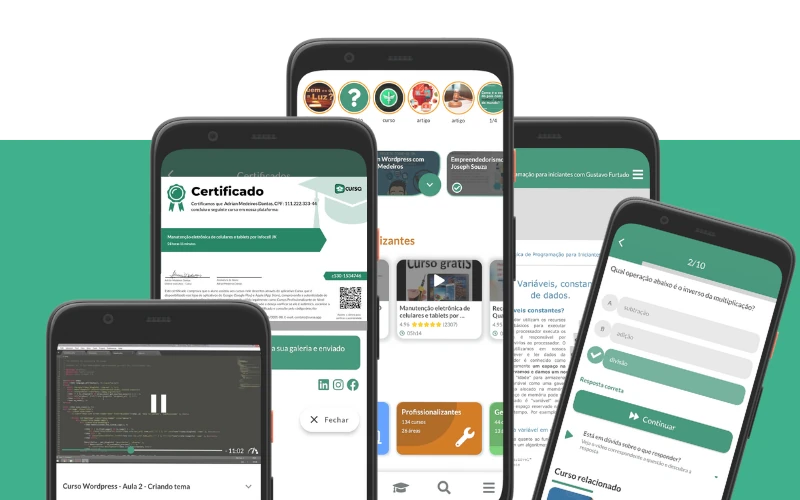30. Regional Dialects and Slang - Understanding Local Expressions
When traveling to English-speaking countries, one of the most enriching and simultaneously challenging experiences is navigating the variety of regional dialects and slang. Understanding local expressions is not just about expanding your vocabulary; it's about immersing yourself in the culture, connecting with people on a deeper level, and enhancing your travel experience. In this guide, we'll explore the nuances of regional dialects and slang, offering tips to help you understand and even use them during your travels.
The Importance of Regional Dialects and Slang
English is a global language, but it's not a uniform one. Regional dialects and slang can vary widely, even within the same country. For instance, the way English is spoken in the southern United States is markedly different from the English spoken in New England. Similarly, the English spoken in Scotland can sound almost foreign to someone from London.
These differences are not just in pronunciation but also in vocabulary and grammar. Slang, in particular, can be very localized, with certain words and phrases only used in specific areas. Understanding these can help you avoid misunderstandings and can make your interactions with locals more meaningful and enjoyable.
Examples of Regional Dialects and Slang
Let's look at some examples of regional dialects and slang from various English-speaking areas:
- United States: In the South, you might hear "y'all" for "you all" and "fixin' to" for "about to." In New York, "bodega" refers to a small convenience store, and "schlep" means to carry something heavy or cumbersome.
- United Kingdom: In London, "cheeky" can mean impudent or playful, and "knackered" means exhausted. In Scotland, "wee" means small, and "aye" means yes. In Northern Ireland, "craic" is a term for fun or gossip.
- Australia: Australians might say "arvo" for afternoon, "bikkie" for biscuit, and "fair dinkum" to express genuine truth. "She'll be right" is an expression of reassurance, meaning everything will be okay.
- Canada: In some parts of Canada, a "chesterfield" is a couch or sofa, "loonie" is a one-dollar coin, and "toque" is a knitted hat. "Eh" is a versatile word added to the end of sentences, seeking affirmation.
Tips for Understanding Regional Dialects and Slang
Here are some strategies to help you understand and adapt to regional dialects and slang:
- Listen and Observe: Pay close attention to the way locals speak. Watch local TV shows, listen to local radio stations, and observe conversations. This will help you get used to the rhythm, pronunciation, and common expressions of the dialect.
- Ask for Clarification: Don't be afraid to ask someone to explain what a word or phrase means. Most people are happy to help and may even be flattered that you're interested in their local way of speaking.
- Use Context Clues: Often, you can figure out the meaning of a word or phrase from the context in which it's used. Pay attention to the situation, the speaker's tone, and the reaction of others.
- Practice: Try using local expressions in your conversations. Start with common, non-controversial slang and phrases. This will show locals that you're making an effort to fit in and can lead to more natural interactions.
- Use Technology: There are many apps and online resources that can help you understand regional slang and dialects. For example, Urban Dictionary is a crowdsourced online dictionary of slang words and phrases that can be very helpful.
- Be Patient and Open-Minded: It takes time to adapt to new ways of speaking. Be patient with yourself and maintain an open mind. Remember that making mistakes is a natural part of the learning process.
Embracing the Local Language
Embracing regional dialects and slang can transform your travel experience. It allows you to see the destination through the eyes of a local, rather than just a tourist. You'll be able to understand jokes, pick up on social cues, and participate in conversations more fully. Plus, locals often appreciate when travelers take the time to learn and use their local expressions. It can be a sign of respect and can lead to warmer interactions.
Conclusion
Understanding regional dialects and slang is a crucial aspect of conversational English when traveling. It can seem daunting at first, but with keen observation, practice, and a willingness to learn, you'll find yourself picking up local expressions and enjoying richer interactions with the people you meet. Remember that language is a bridge to culture, and by crossing that bridge, you open yourself up to a more authentic and memorable travel experience.
So, as you pack your bags and prepare for your journey, make sure to leave some room for flexibility and curiosity in your language skills. Whether it's deciphering the Southern drawl in the U.S., bantering with a cheeky Londoner, or having a yarn with an Aussie, your efforts to understand and use regional dialects and slang will be well worth it. Happy travels, and enjoy the linguistic adventure!









